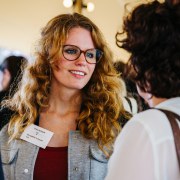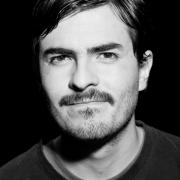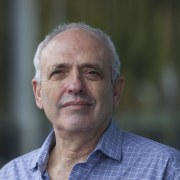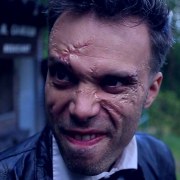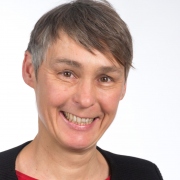Immersive museum experiences
Find this session's presentations here.
Our most prominent objective as museum professionals is to engage visitors and attract new audiences. Visitors not only want to be intellectually stimulated but at the same time also engaged emotionally. The museum experience should be holistic and relate to people on physical, cognitive and emotional levels. Providing immersive experiences is one way to achieve this goal.
How do we create these immersive experiences in our exhibitions? There is a variety of new and innovative technology available, such as virtual and augmented reality. Yet traditional means of creating realities for visitors to plunge into are equally successful. In this session we will present examples for providing immersive experiences with virtual reality, augmented reality (with a live demonstration), a walk-through model and dioramas. We will share our experiences with immersive museum exhibits and discuss how to measure their impact on visitors.
Facilitator
PhD-Researcher & Lecturer Media Studies | Mediatised Experiences in Heritage
Amsterdam University of Applied Sciences
Session speakers
Jose Ocampo is an exhibit designer and researcher at Parque Explora, a Science Center located in Medellin, Colombia. He developed more than 40 interactive exhibits that combine technology, content, and social mediations to create memorable experiences. He believes that our ultimate goal is to create engaging learning experiences for our visitors, which means that we have to stimulate them physically, cognitively and emotionally. In that sense, how can we design meaningful and exciting museums experiences? How can we measure their impact? His ongoing research project is about studying the User Experience (UX) of Science Center Exhibits. It is based on an extensive literature review of UX models, Engagement theory, Museum Studies and informal science learning, as well as an empirical study with visitors. He is going to develop a framework and Design Heuristics or principles that will help designers to evaluate their concepts, so they can create meaningful experiences for visitors.
Manchester Metropolitan University
Ricardo Nemirovsky moved from the US to the UK three months ago to become a professor at the Manchester Metropolitan University. Before that he worked at San Diego State University in California. He works on mathematics education generally and on informal mathematics education in particular. His experience includes several projects with science museums, regarding both, exhibit design and program development around topics of mathematics. This year he was involved in an exhibit opening on topology at the Reuben Fleet Science Center in San Diego. It included a large structure built by volunteers and made with packing tape. It was large enough to allow visitors to walk and slide through it. This structure was designed to include three connected areas, each one based on a particular topological shape. It was an immersive exhibition with tunnels and lights changing colors. According to the museum it was one of the most successful exhibits in terms of attracting new and repeated visitors, engaging whole family groups and receiving newspaper coverage.
Senior Experience Designer
Fabrice Jouvenot, a Senior Digital Producer at the Royal Museums Greenwich, designed the biggest augmented-virtual-reality experience in the world for the anniversary of the Queen's House in London.
The main attraction is an immersive real scale scene with 21 historical characters (3D-scanned) haunting the house. These characters are displayed in the Great Hall in an immersive an interactive scene. The whole scene represents a tableau frozen in time highlighting the different historical periods of the Queen’s House. Visitors engage with the 400 years of history of the Queen’s House, and its occupants, via an immersive experience in the Great Hall, and guided tours throughout the house. The project is based on Tango, a breakthrough technology of Augmented Reality that has currently no equivalent on the market. This experience provides new ways to engage audience in museums.
A focus on the project process, errors and success will be explained.
During the session he will give a live demonstration of the technology bringing ghosts directly into the room!
Vera Ludwig is a museum scholar. But she is also a trained model - builder and has built museum models and dioramas. When encountering visitors in front of dioramas she observes a lot of appreciative reactions and engaged conversations. Dioramas as the forerunners of virtual reality are the traditional means for providing museum visitors with a worthwhile leisure and learning experience. However, she questions if the appeal of dioramas is due to the professionals´ adherence to detail and authenticity or if other factors are either as important or even more important than the artistic quality of the product. Moreover at a time when virtual reality has become a common feature of the leisure and entertainment business, museums must ask themselves what kind of immersive experiences they want to offer. In order to find out more she conducted a case study about dioramas at the Deutsches Museum, Munich consisting of peer interviews with museum professionals and a small-scale visitor study.

